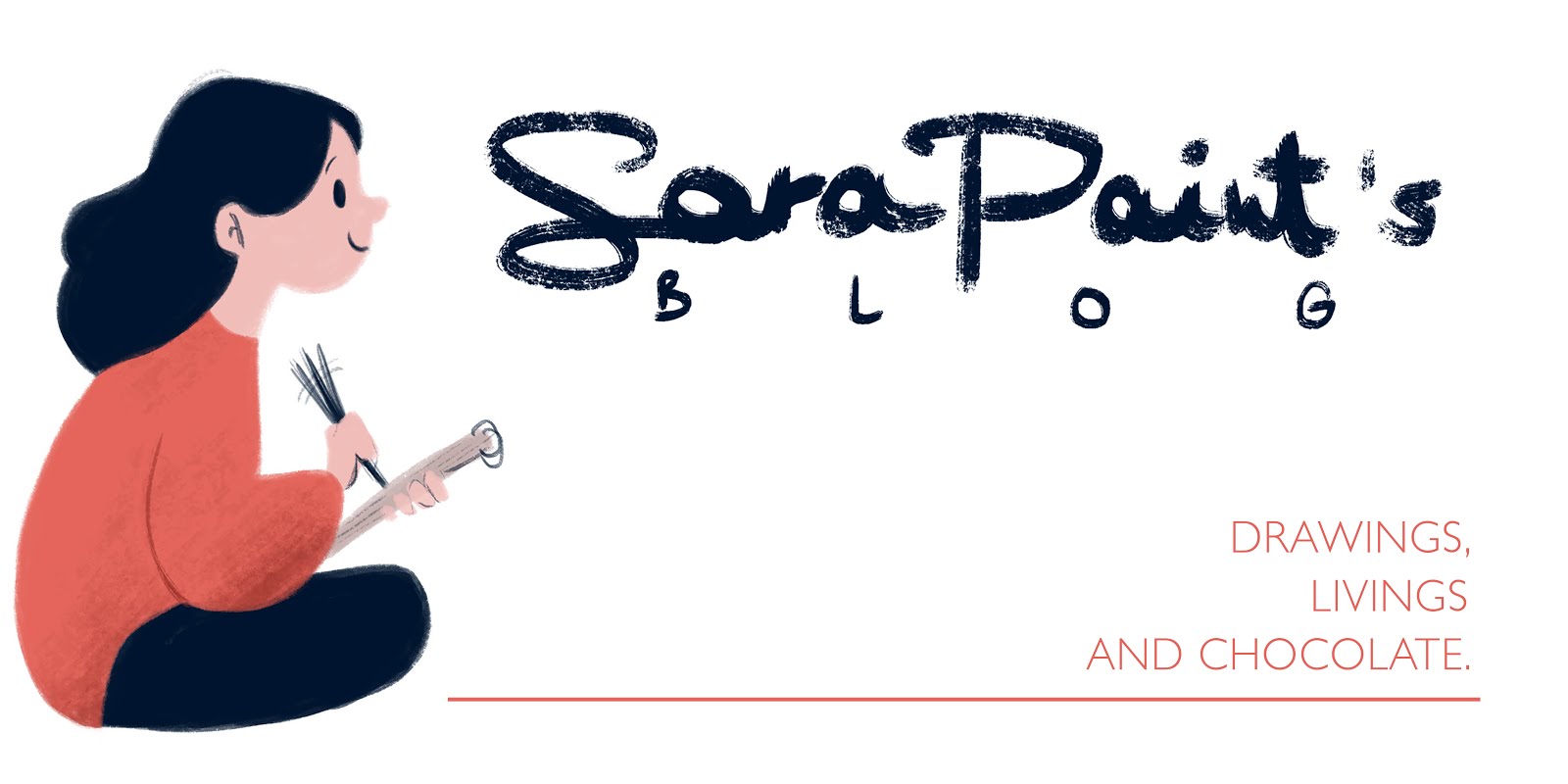Recientemente, he vivido una experiencia de
estas que te tambalean todo. Trabajar mucho tiempo en algo, apostar por ello, y
que luego ese algo no salga. ¡Es un palo! De verdad. Incluso creyendo que me
había preparado mentalmente por si esto pasaba (porque ya sabía desde el
principio que podía salirme mal la cosa), cuando llega el momento de la verdad
te da un bajón importante.
No estamos preparados para estas cosas. Por
todas partes sobran las frases de motivación, de esas de "hoy va a ser un
día maravilloso", y normalmente nos creemos que va a ser así de fácil y
por eso nos lanzamos a la aventura. Por desgracia, no siempre es así. De
hecho, lo más normal es que en el camino (ese que creemos que existe, pero que
en realidad vamos construyendo al andar) nos tropecemos, y varias veces. Pero
es que esto es una parte muy, muy importante del proceso.
Porque claro, ante el "fracaso"¿qué
podemos hacer? ¿Qué voy a hacer yo, ahora que mis planes de futuro inmediato se
han ido al traste?
Bueno, pues después de estar un rato
quejándome (para eso me sirve esta entrada, en parte) tendré que seguir
adelante. Supongo que se trata de eso, y quiero pensar que se puede sacar algo
positivo de todo lo que estoy viviendo. Incluso si ese algo es la experiencia
de vivir un fracaso, que es importante aunque moleste. Por lo menos me
quedo con la satisfacción de haberlo intentado, de haber hecho todo lo que
estaba en mis manos. Así, cuando pase el tiempo, no me preguntaré qué
hubiera pasado si lo hubiera hecho. Y ahora, a seguir peleando, aunque sea por
otros medios, por conseguir mis objetivos como buenamente pueda. Y mientras
tanto a ser feliz, y a disfrutar del camino.
*****
"No es la victoria
lo que te hace un guerrero, es cómo te enfrentas a los palos que llueven del
cielo.
Ganar no es conseguir tu
sueño, ganar es perseguirlo y no arrepentirse de no haberlo intentado."
Recently, I have lived one of those experiences that shake everything in
our lives. I decided to set myself a big project in which I strongly believed
and worked for, investing a lot of time (and money) in it, and then... it
didn't happen. It was a shock! It truly was. Even though I initially prepared
myself for this to happen (because I knew from the beginning that it could go
wrong), when the moment comes it always affects you.
We are not ready for this kind of things at
all. Everywhere around us, we find encouraging sentences telling us "how
wonderful your day is going to be", and of course we believe them. Sadly,
it is never as easy as it seems. In fact, we will fall down a multiple times in
the road... but this is, indeed, a very important part of the process.
What can we do when we face
"failure"? What can I do now, that my plans for the future are
suddenly all gone?
Well, after a moment of complaint (that's also
necessary) I understand I must go on. I guess this is all about, and I think I
can learn a lot from these experiences. Learning to process failure is key for
our personal development, even though it can be tough. At least I know that I
tried, and I won't ask myself what could have happened, I know that I did my
best. And now, I will keep on fighting, I will keep on working to achieve my
goals the best way I can. And meanwhile, let's be happy and enjoy the journey.
****
"Victory is not what
makes you a fighter, it's how you face the difficulties that you find in the
road. Winning doesn't mean making a dream come true.
Winning means chasing it and not regretting of not having tried"







